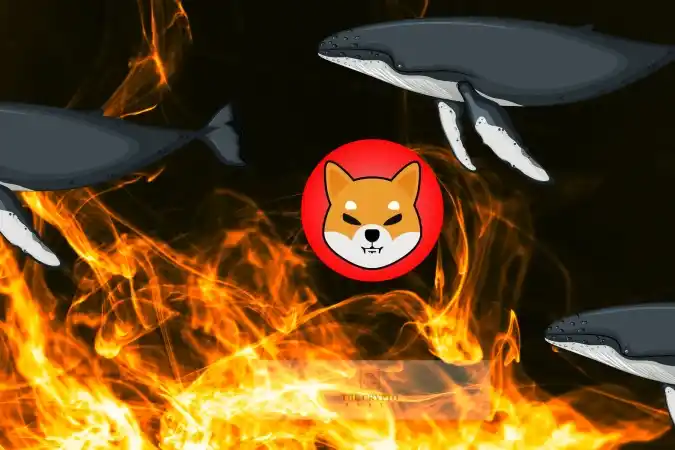Shiba Inu (SHIB), a prominent meme coin, introduced its burning mechanism at the beginning of 2022 to actively reduce the circulating supply of tokens. Token burning holds significant importance in the cryptocurrency world, as it directly impacts the scarcity and value of a digital asset.
Since its initiation, SHIB’s burning mechanism functioned persistently, aiming to decrease the circulating token supply. Over time, the project evolved, exhibiting fluctuating rates of token elimination. Up until October 2023, the burning process showcased notable variations, especially in the last month, wherein 1.46 billion tokens were burnt across 753 transactions, as reported by Shibburn, a tracking tool dedicated to SHIB’s burn statistics.
🔥🔥🔥 1,461,135,923 $SHIB tokens have been burned in the month of October with 753 transactions. #SHIB pic.twitter.com/fw6g9DQaOy
— Shibburn (@shibburn) November 1, 2023
Despite the considerable volume of tokens eliminated in October, it remains minute compared to SHIB’s vast circulating supply of 589 trillion. Moreover, the burning rate exhibited a significant 37.12% decrease since September 2023. In the previous month, 2.32 billion SHIB tokens were eradicated through 426 separate transactions, indicating a substantial reduction in the burning rate.
The dwindling burning rate in October, despite a price surge, could be attributed to reduced network activity, resulting in lower fees and consequently fewer tokens being burnt. Additionally, the decreased movement of whale investors might have contributed to the decline in burning incidents.
Related: Top 3 Cryptocurrencies Under $1 Worth Watching
Moreover, SHIB’s burning rate has suffered noticeable setbacks in recent months. It rarely achieved three-digit rates, apart from sporadic surges. Previously, instances of burning rates reaching four-digit figures were observed.
The Shiba Inu (SHIB) community is actively researching a potential new burning mechanism that might be capable of eliminating trillions of tokens annually. However, the specifics and operationalization of this new burning mechanism remain unclear. If this new mechanism can eradicate substantial quantities of SHIB tokens annually, it could potentially lead to a sudden reduction in the token supply, consequently impacting the asset’s value significantly.
Conclusion
In summary, the decline in SHIB burning rates signifies a challenge for the project, potentially affecting its value. The community’s pursuit of a new burning mechanism poses hope for revitalizing the burning process, thereby impacting SHIB’s market dynamics.






